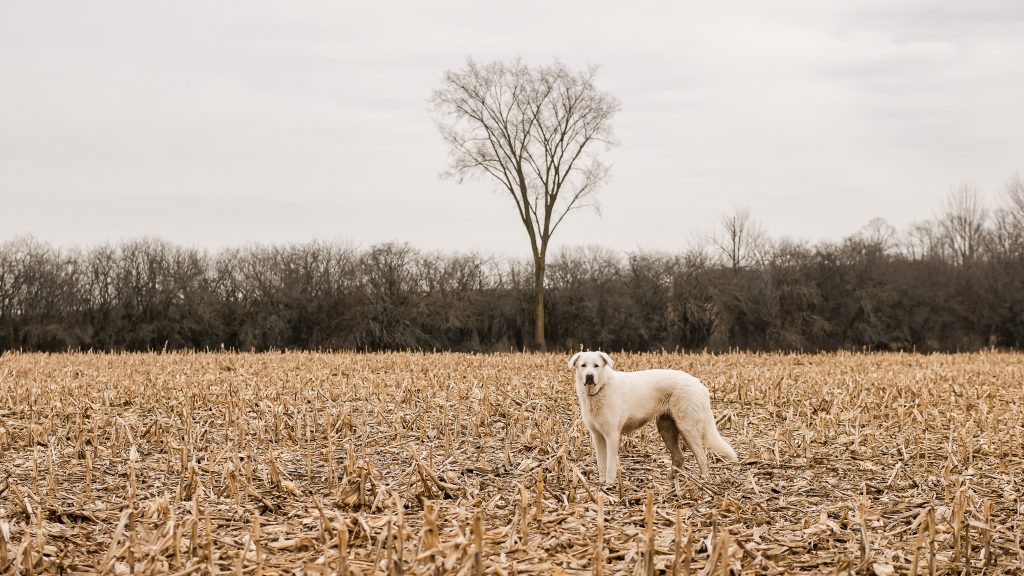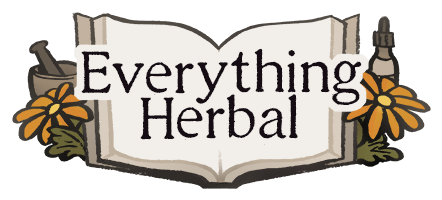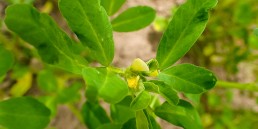Spring is Ever Drawing Nearer
My fingers are itching to be in the earth once more – to sow and plant — bringing me into a deeper connection with the Earth once more. Our seeds have all been delivered and our trees ordered, and we are already busy here on the farm. The sugar shack is getting a new wind break and the chainsaw is sharpened and ready to go. With the snows melted and frost still in the ground it is the perfect time of year to work away at controlling the invasive Buckthorn.
As many of you know, besides being a clinical herbalist, educator and tea blender extraordinaire (a tea nut to some), we are a botanical sanctuary member of United Plant Savers. Gifting back to the Earth, thankful for all she has gifted us, especially plant medicine. So, we have been busy planting and rewilding for over thirty years now. Our goal is to plant as many endangered and native medicinal plants and trees as we can each spring and fall.
Over the years, we have had a few comments about the non-native species growing and thriving on the farm, people encouraging me to consider digging them all out, eradicate the invasive species from the land.
(Invasive species: “An organism that is not indigenous, or native, to a particular area.”)

This is easy to say for a person who is not doing the ‘work’ or not possessing a strong love for all who grow and live on these one hundred acres of land. Do we cut down non-native trees, who’s limbs hold nests of baby birds? Do I pluck every Plantain plant from the land? Do we dig up the lilacs brought with the pioneers, that still grace this farmstead — reminders of days gone by? What about her fragrant blossoms that the pollinators seek out each spring? Think about the connection they have already formed to this land.
What about the invasive species that take over an area and swallow up what was there before? These I am trying my best to keep in check and harvest freely for medicine — Phragmites and Garlic Mustard, recently appearing. But Buckthorn is a different story – she has literally kept me awake at night – how do I handle this undesirable invasive small tree?

Description of Buckthorn:
Buckthorn’s main stem is erect, with bark smooth, of a blackish-brown colour, on the twigs ash-coloured. The smaller branches generally terminate in a stout thorn, giving it the name Buckthorn. There are many older names by which this shrub has been known: Waythorn and Highwaythorn. The leaves grow in small bunches, mostly opposite. They are egg-shaped and toothed on the edges, small greenish-yellow flowers are produced, which are followed by globular berries about the size of a pea, black and shining when ripe, and each containing four hard, dark-brown seeds.
Medicinal Action and Uses of Buckthorn
Laxative and cathartic.
The berries are used medicinally, collected when ripe and made into a syrup of Buckthorn, which was used as an aperient drink.
Until late in the nineteenth century, syrup of Buckthorn was a most favourite remedy, used as a children’s laxative, but its action was so severe that, as time went on, the medicine was discarded. It is now used almost exclusively in veterinary practice only, being commonly prescribed for dogs, with equal parts of castor oil as an occasional purgative.
Nature’s Wildlife Highway
Buckthorn was brought here with the European settlers as an ornamental bush and to line fencerows. Keeping livestock in and to serve as much needed windbreaks for the newly cleared land. Some people may only see Buckthorn when they look at these old hedgerows, but there, amongst their midst, if you look much deeper you will see the Birch, Wild Apple trees, Maples, Mountain Ash, Basswood, Aspen, Puff balls, Morels and blankets of our beloved woodland flower, the Trout Lily – which takes over seven years to receive her first bloom!
The hedgerows on our farm are over one hundred and twenty-five years old, deep within the bushes and trees are the remains of old rotting cedar zig zag rail fences, that once marked the property boundaries. These rails now offering homes for small critters and insects, slowly decomposing and feeding the soil, and nurturing the surrounding plant life. These fencerows provide wildlife with shelter and food, and well used trails for safe travel. Connecting the travelers to other fence rows and more trails. We can’t forget the help these hedgerows gift our pollinators as well, with over thirty Wild Apple Trees — all a blossom in the spring and a buzz with life. Providing rich pollen and nectar that our bees use for nutritious food and to make their honey. Many of these old fencerows are being cleared on neighbouring farms. Cleared for more workable land and giving the huge farm equipment of today more room to maneuver with ease. Saving the farmer’s valuable time, but at what cost to our wildlife?
Do I dare disturb this delicate ecosystem? Do I disturb the hidden trails within – taking the safety from the Deer, Coyote, Fox, Wild Turkey, Lynx, Fisher, Bear, and many other creatures who frequent these paths. Buckthorn has been a crucial part of the hedgerow, nurturing the young trees and plants. With connections like these the decision is easy, my intuition has always known, the Buckthorn filled fencerows will NOT be disturbed in any way.
This is my heartfelt commitment to this land.
“Look deep into nature, and then you will understand everything better.”
~ Hans Christian Andersen
Photos Provided by Serena Mor
Penelope Beaudrow
I am a Registered Herbalist and educator who has devoted the past 25 years to helping others foster deep and resilient connections with the living intelligence of the natural world and the regenerative, healing forces of plants and the medicine they carry.
Subscribe to Blog via Email



